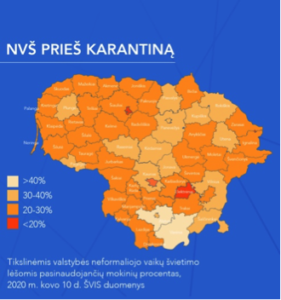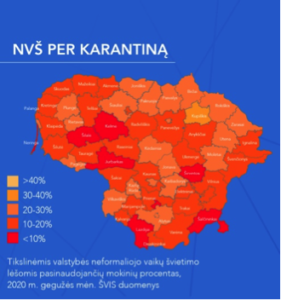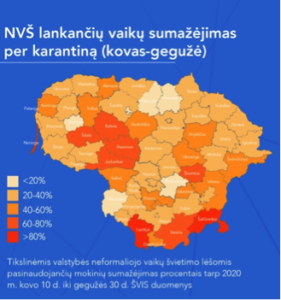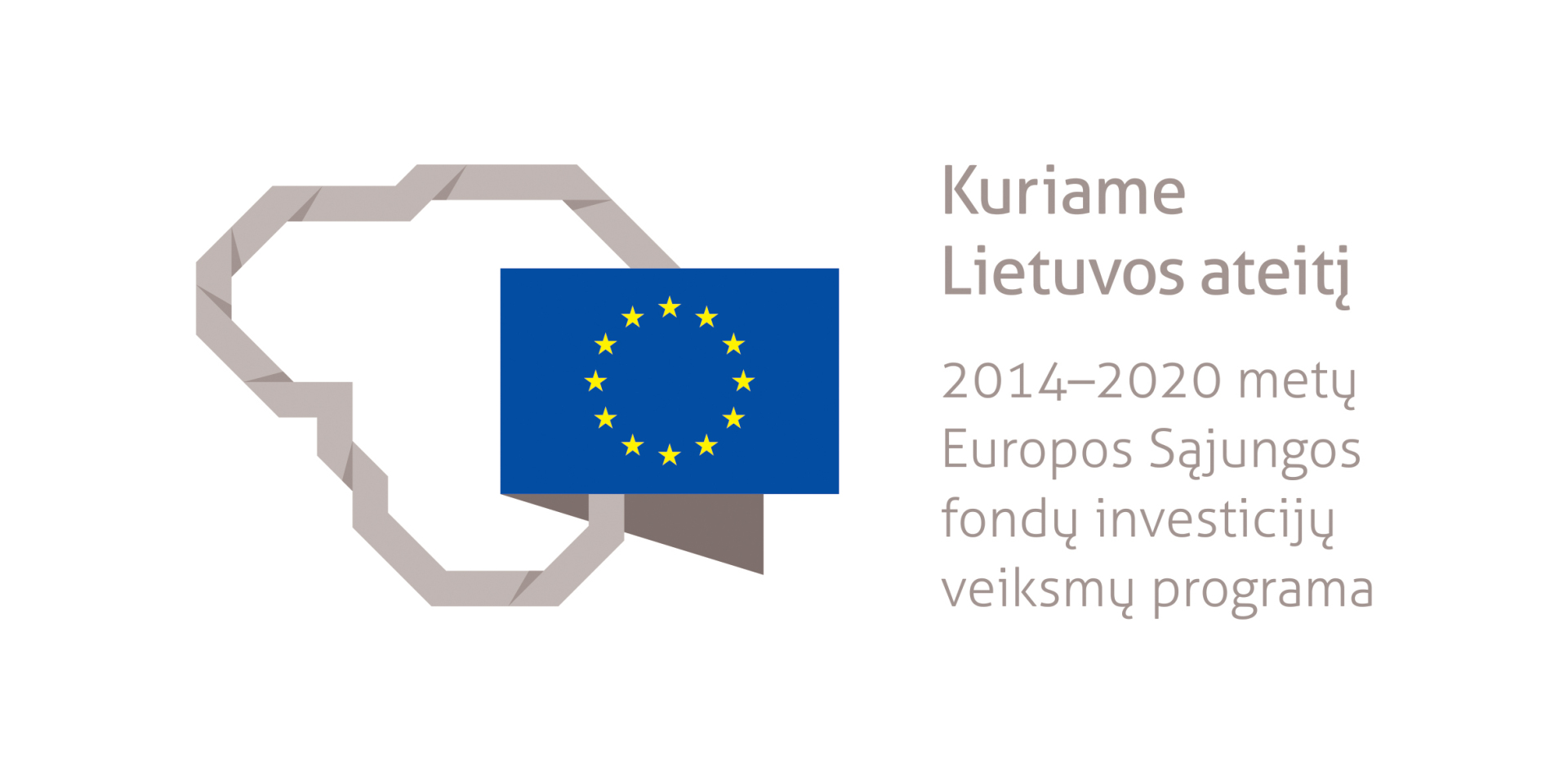
How Did the Non-formal Education System for Children Withstand Quarantine’s Challenges?
2020-07-30During the quarantine period, as many as 40% fewer children attended non-formal education for children (NFEC) activities financed by targeted funding. Before the pandemic, nearly 100,000 children attended NFEC activities in March, whereas only around 60,000 in April and May. One of the reasons was that one-third of the programs simply did not take place.
Although distance learning was allowed, non-formal education providers acknowledged that not everyone had the opportunity to do so. Many were deterred by additional requirements, such as written parental consent, supplementary reports and late funding.
“The significant decrease in the number of children attending NFEC during quarantine shows that due to the pandemic, a large number of children lost the opportunity to participate in non-formal education activities. More importantly, however, the quarantine’s effect on children varied depending on the municipality they live in. In some municipalities, the programs continued to operate successfully remotely, and they were simply halted in others. If, or most probably when, we face the second wave of the pandemic, there is a risk that this scenario will recur. Therefore, it is essential to start analysing now the disparities in implementing NFEC programs during quarantine in municipalities, to identify and disseminate good practices. So that the diversity of programs during the second wave of the pandemic is ensured and opportunities for as many children as possible to attend them are guaranteed,” says Dovilė Rudzenskė, an analyst at the National Network of Education NGOs.
As many as 40% fewer children attended NFEC activities during the quarantine.
The share of pupils using the targeted state funding for non-formal education of children out of all Lithuanian pupils (2020, Education Management Information System data)
| March 29% | April 17% | May 19% | June 16% |
| 95,573 children | 56,245children | 61,553 children | 53,232 children |
During the quarantine, 62% of the previously enacted NFEC programs in Lithuania were carried out remotely, in which 63% of the children who took part in them before quarantine participated (this makes up 17% of all Lithuanian pupils). Behind this average, however, lie considerable variations between different municipalities.
For example, no NFEC classes for children took place in the municipalities of Kelmė district, Neringa and Pasvalys districts in April, at the beginning of quarantine. In May, NFEC in Pasvalys returned to the pre-quarantine level, and in Kelmė, 9% of municipality’s pupils started attending programs again (the share of pre-quarantine attendees was 33%), while in Neringa, activities did not resume.
The most problematic municipalities in terms of children’s participation in NFEC programs are Švenčionys district, where only 5% participated in NFEC programs in April, as well as Elektrėnai, Jonava, Jurbarkas, Lazdijai, Šalčininkai districts, where 6% of municipality’s pupils participated in NFEC programs in April, as well as Širvintos district with 8% and Birštonas with 9%. In some municipalities, the situation improved somewhat in May, but the number of children attending NFEC activities in Birštonas, Jurbarkas, Lazdijai, Šalčininkai and Širvintos remained below 10%. The reason for the “drop-out” of children is unclear–it may have been due to parents’ refusal to allow children to attend programs remotely or providers’ refusal to make them available.
Among the large municipalities and those surrounding them, the worst situation was in Šiauliai city (12% of pupils), Vilnius (13% of pupils) and Klaipėda (16% of pupils) districts. The largest share of attending children among large cities and surrounding municipalities was in Alytus and Šiauliai districts–30% and 28%, respectively.
Some small municipalities have managed to maintain a significant number of children. Leaders among municipalities, where at least a quarter of students attended the programs during quarantine, were Vilkaviškis district, Rietavas, Plungė district, Pasvalys district, Kupiškis district, Kaišiadorys district and Pagėgiai. Unfortunately, there is no data on how program implementation was distributed depending on the type of service providers–municipal and independent, i.e., NGOs.

NFEC before the quarantine
Percentage of children using the targeted state funds for non-formal education for children. March 10, 2020. Education Management Information System data.

NFEC during the quarantine
Percentage of children using the targeted state funds for non-formal education for children. May 2020. Education Management Information System data.

The decrease in children attending NFEC during the quarantine (March-May)
The decrease in the percentage of children using state funds for non-formal children’s education between March 10 and May 30, 2020. Education Management Information System data.
The monitoring of NFEC programs was prepared within the framework of the project “New Education Paradigm in Competitive Conditions”. The project is financed from the Programme for the European Union Funds’ Investments in 2014-2020, priority 10 “Society-oriented smart public administration” measure No. 10.1.2–ESFA–K–917 “Strengthening intolerance to corruption in society and promoting participation in public administration processes”.
